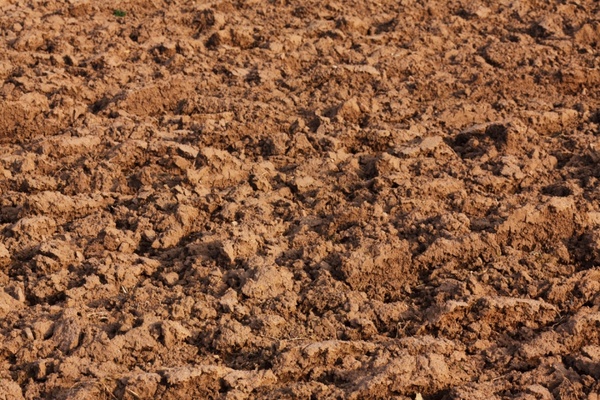
Wine quality really depends on the dirt
It’s no secret that wine geeks like myself very much enjoy talking about soil. Some people discuss movies… well, we sit around and discuss the soil and how one vineyard can boast Pinot Noir on clay while another silt.
Lots of agriculture locations around the world have sunshine, ideal growing temperatures and low amounts of rainfall capable of growing fine wine grapes. So what is it about the Mosel, Alsace, Coonawarra and so many others that sets them on center stage for quality and exceptional growing regions? We think the answer lies in the soil.
MOSEL, GERMANY
There are many exceptional vineyards in Germany but a short stretch of steep angle slate slope vineyards lining a little bend in the Mosel River may hold the most famed. The steep angle offers direct exposure of the sun as well as sunlight that reflects off the river back on the vines. The slate soil warms quickly in the sun and retains the heat of the day late into the cool evening. These factors combined offer the long, slow ripening period ideal for finicky Riesling to thrive.
CHATEAUNEUF-DU-PAPE, FRANCE
These famous vineyards are covered with galets, or pudding stones. These stones are smooth and oval shaped, formed from centuries of floodwaters pouring through the Rhone Valley after the Ice Age. This region is cool so the stones are key in offering ample heat for the vines to flourish. The stones collect and retain the heat of the sun, which then radiates back onto the vines in the cool evening. Many of these vineyards are so rocky you wonder how on earth a vine could grow in what seems an inhospitable condition.
ALSACE, FRANCE
Many of the famous vineyards in Alsace can trace their heritage to the 1300s. An area on the lower slopes of the Vosges Mountains barely a mile wide can boast some of the world’s best white wines. It is covered by alluvial fans from the many rivers and creeks contributing to the diverse soils of this region.
The Grand Crus of this area list some of the most famous soils in the world. The warm volcanic soils of Rangen, the granite of Brand, the sandstone of Kitterle. The region is home to a variety of soils. Grand Crus of Schlossberg or Castle Hill are free-draining, stony and rich in granite, making Riesling a natural choice for the soil. But just a couple hundred yards away the Grand Cru of Furstentum has higher limestone clay and is celebrated for its rich and spectacular Gewurztraminer.
COONAWARRA, AUSTRALIA
The interesting and intriguing Terra Rossa, or red earth soil of Coonawarra is a stretch just 10 miles long and a mile or so wide. The soil is rich in nutrients and minerals, drains well and provides a thin cover for the limestone just beneath this surface. This soil is ideal for the robust cabernet sauvignon.
THE VALUES
- 2014 Rudi Wiest Mosel Riesling, Germany (about $11 retail)
- 2011 Penley Estate Phoenix Cabernet Sauvignon, Australia (about $22 retail)
THE SPLURGES
- 2013 Domaine Zind- Humbrecht Gewurztraminer, Germany (about $30 retail)
- 2011 St. Urbans-Hof Goldtropfchen Riesling, Germany (about $32 retail)
- 2012 Schlumberger Pinot Gris, France (about $27 retail)